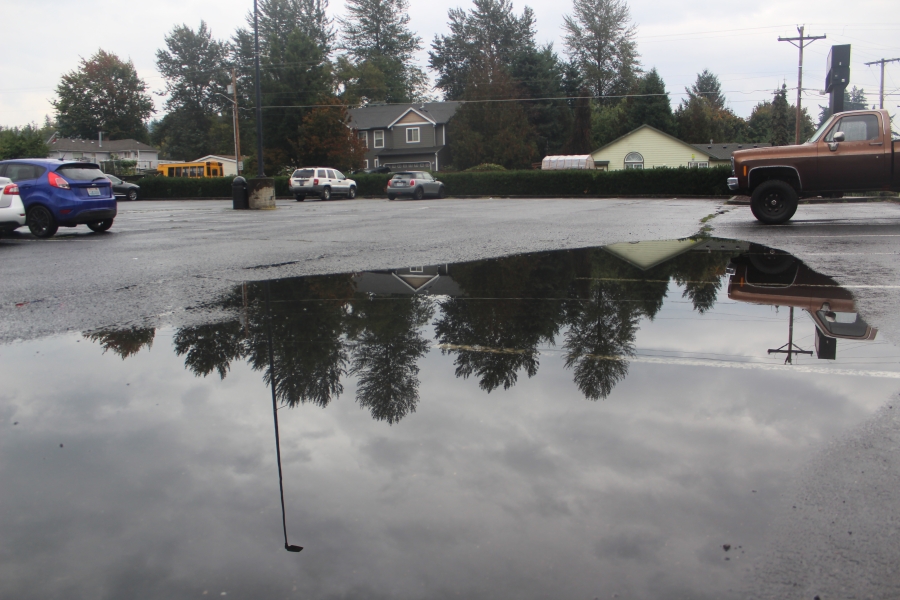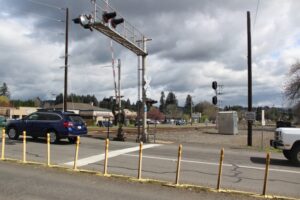Washougal’s younger drivers are presented with challenges on rainy days by Washougal High School’s student parking lot, which is old, run down and susceptible to flooding.
“The parking lot isn’t draining correctly,” Washougal High student Abraham White said earlier this year, “and a bunch of parking spots aren’t usable when it rains because a huge puddle forms.”
To fix the problem, the Washougal School District is teaming up with the city of Washougal and the Portland-based Lower Columbia Estuary Partnership, which announced last month that it has launched a project to add “stormwater features” to the Washougal High parking lot.
“(We’re planning to) treat runoff from a portion of the high school’s roof and the entirety of the parking lot at the high school, as well as some of the surrounding neighborhood streets,” said Chris Collins, restoration program lead for the LCEP, a Portland-based environmental protection nonprofit coalition of public and private groups. “Our new stormwater facilities will capture the runoff from about eight acres of impervious area and treat it before it enters Campen Creek and flows down into Gibbons Creek and Steigerwald (National Wildlife Refuge).”
The city of Washougal has received a grant from the Washington Department of Ecology’s Stormwater Financial Assistance Program (SFAP) for the project’s design work. The LCEP will manage the project, with assistance from the City and the Washougal School District.



